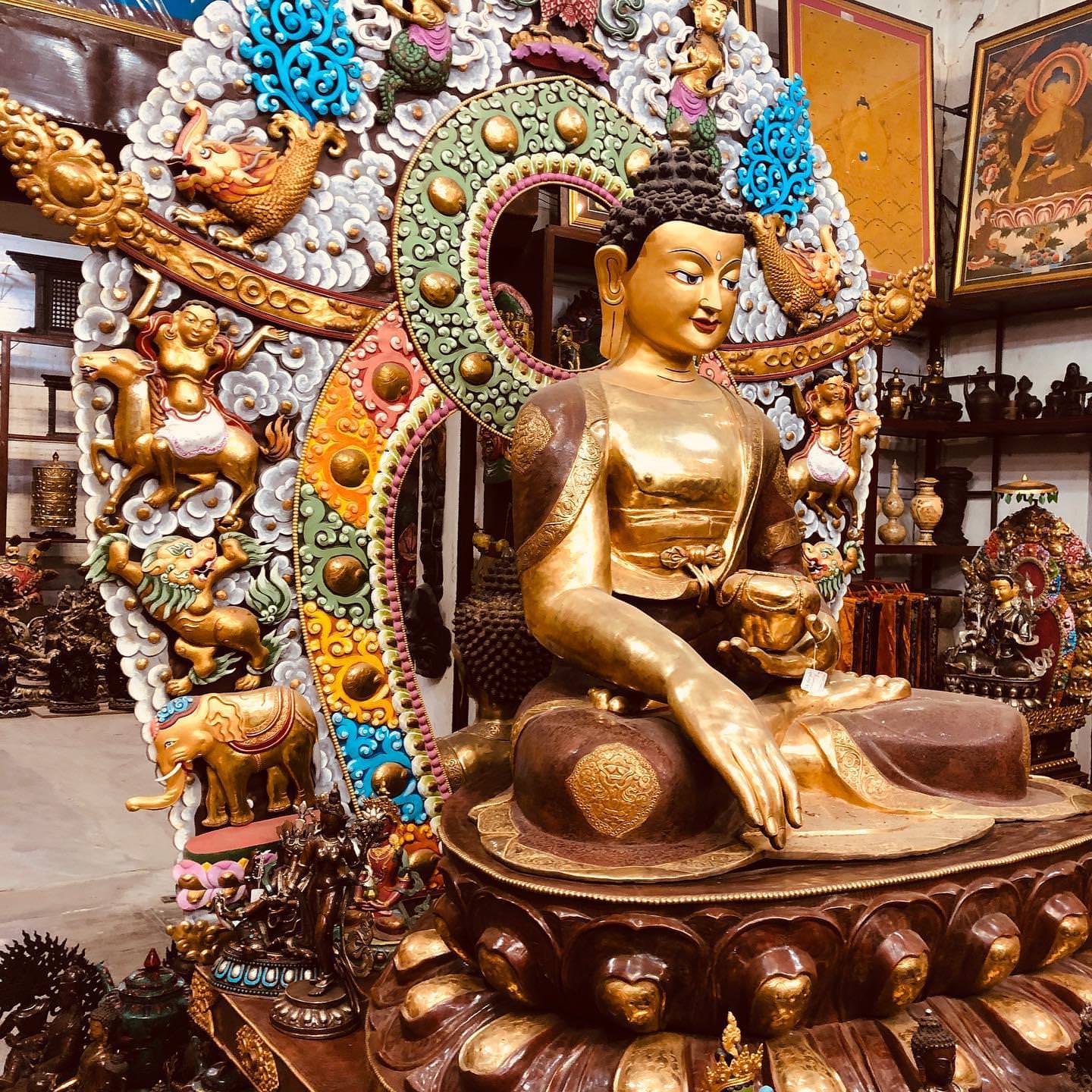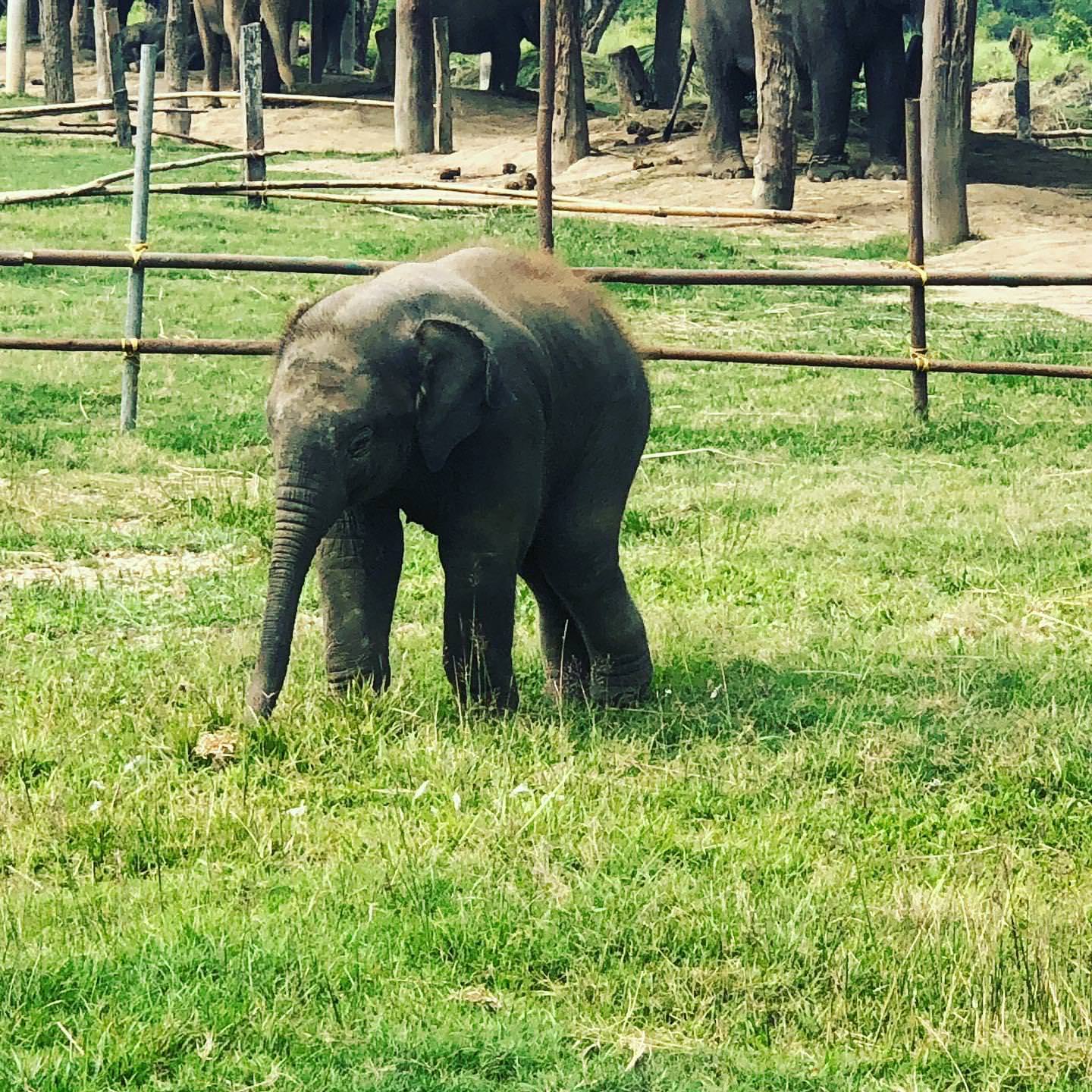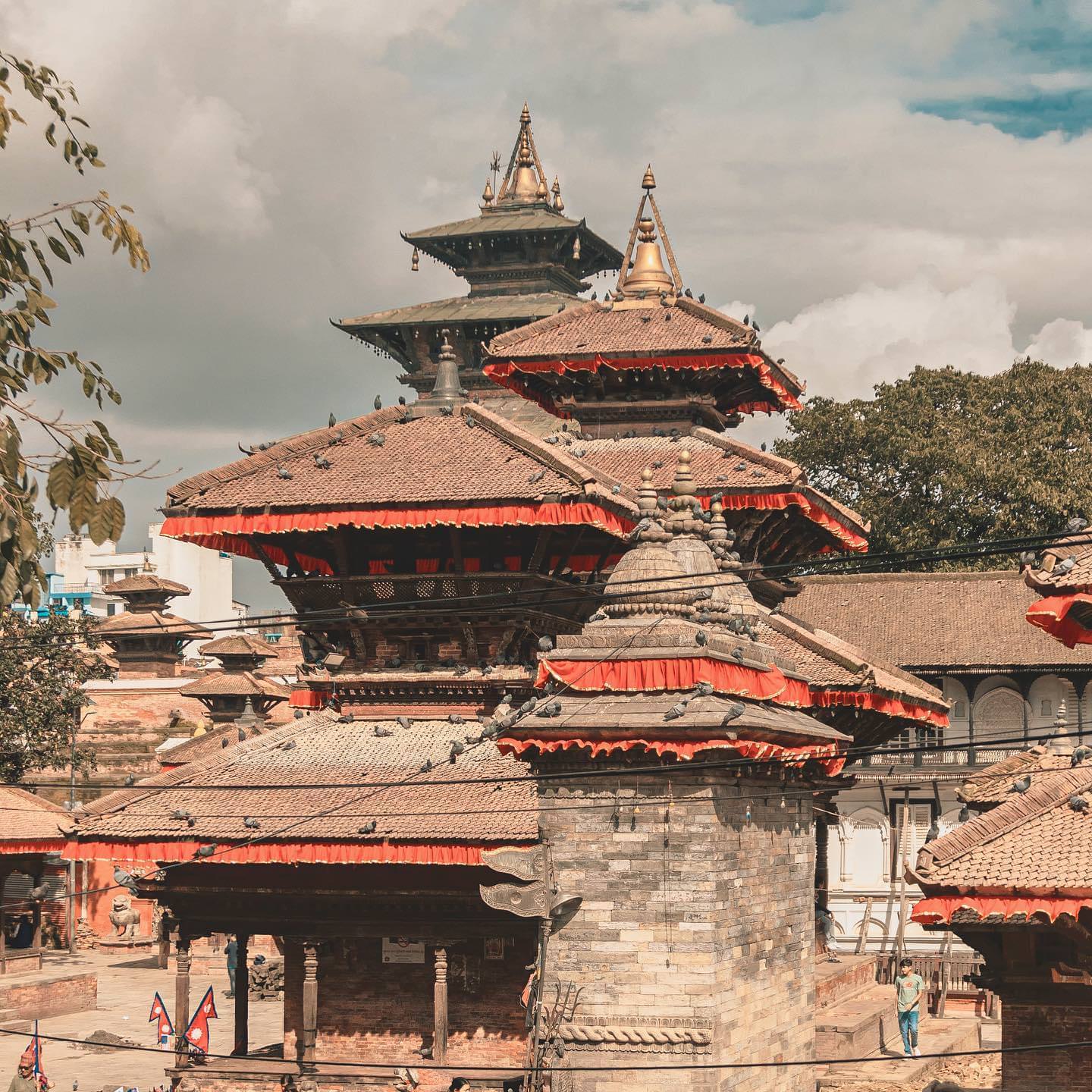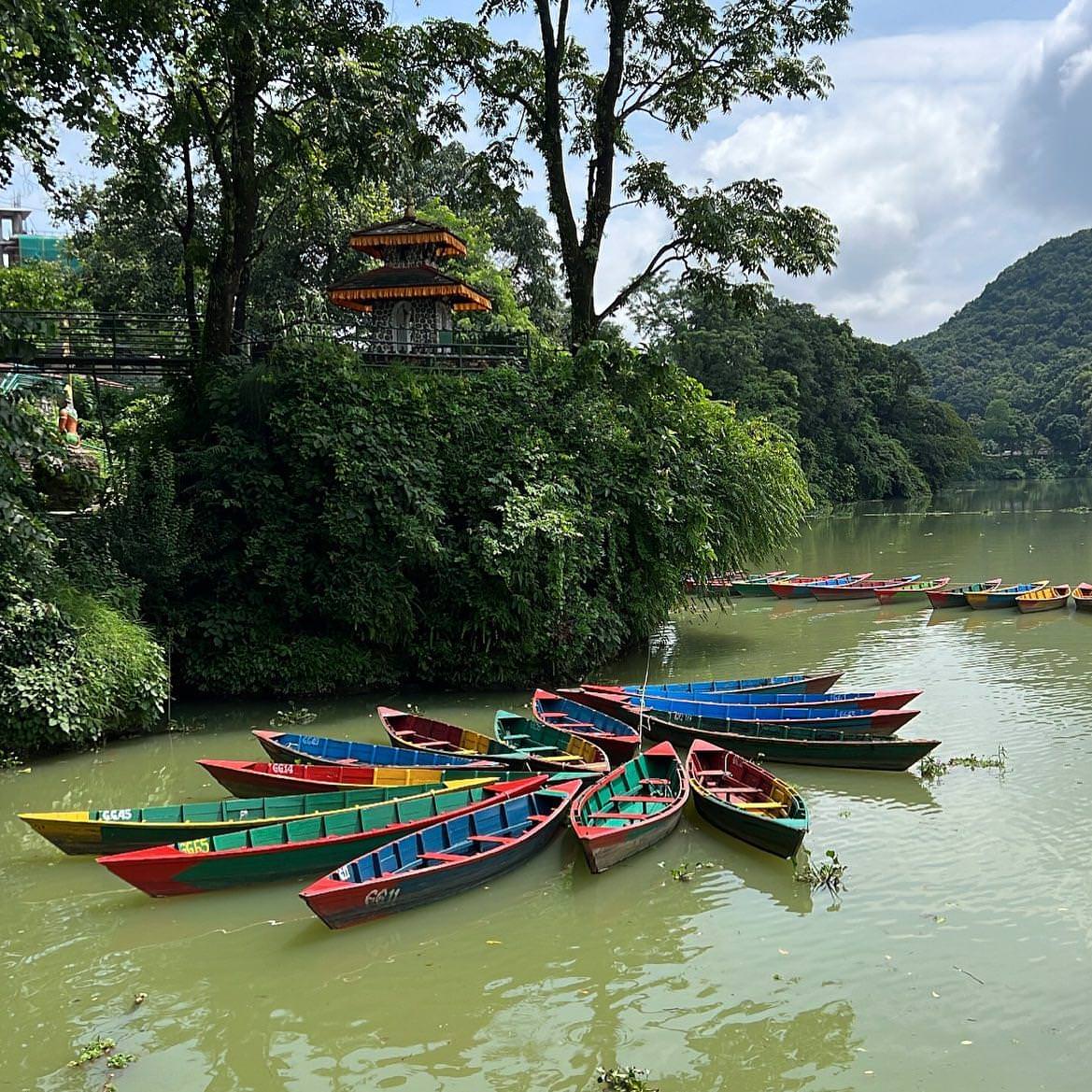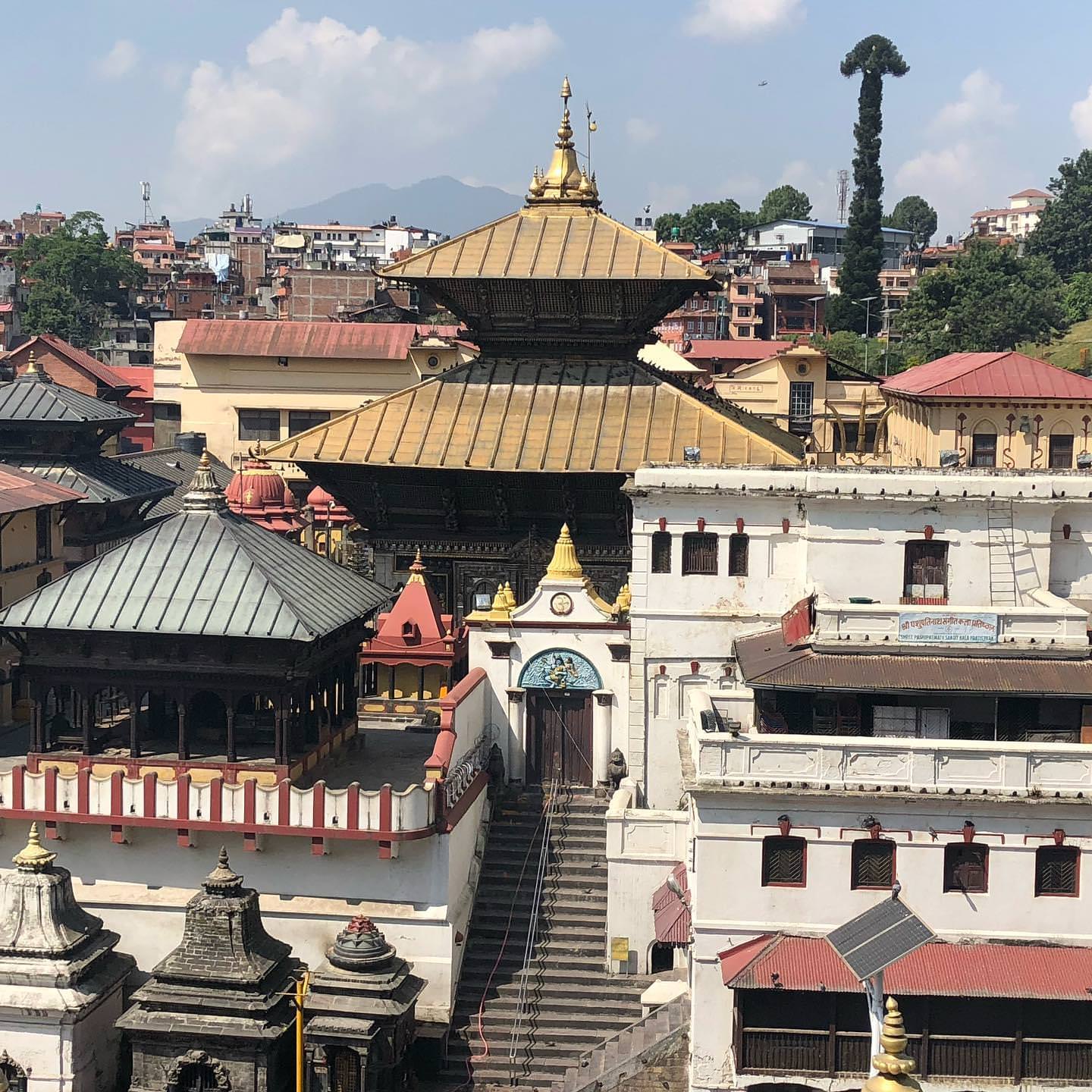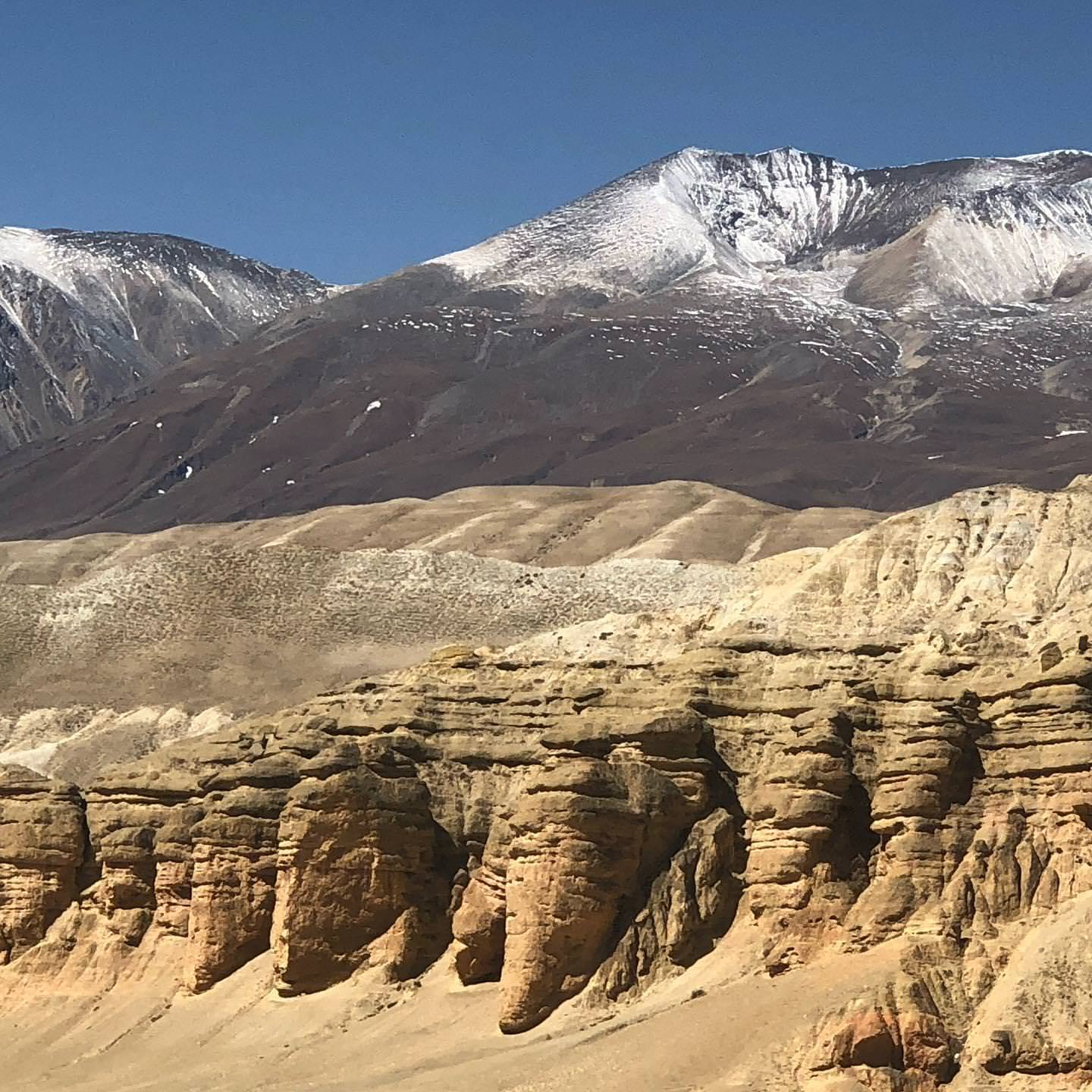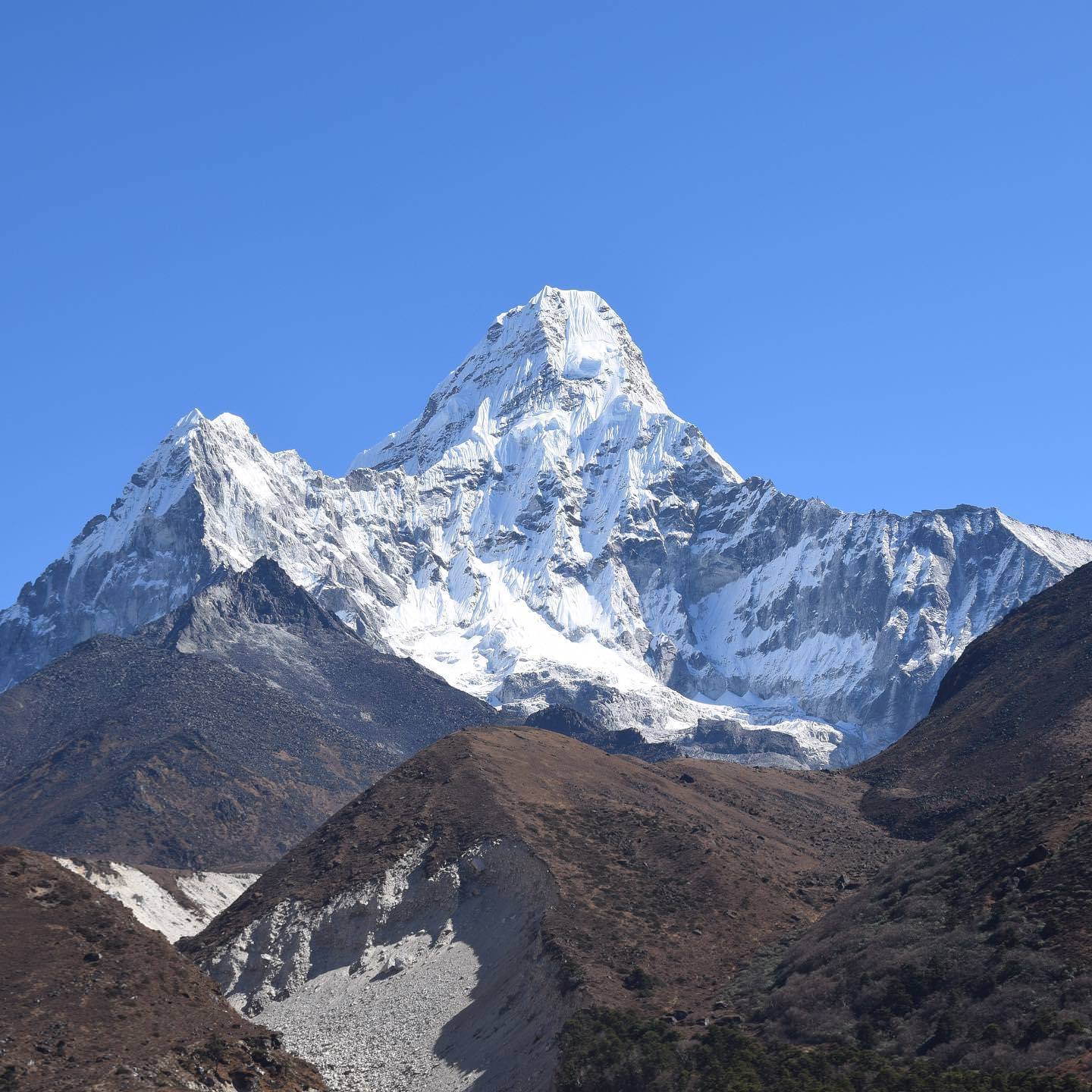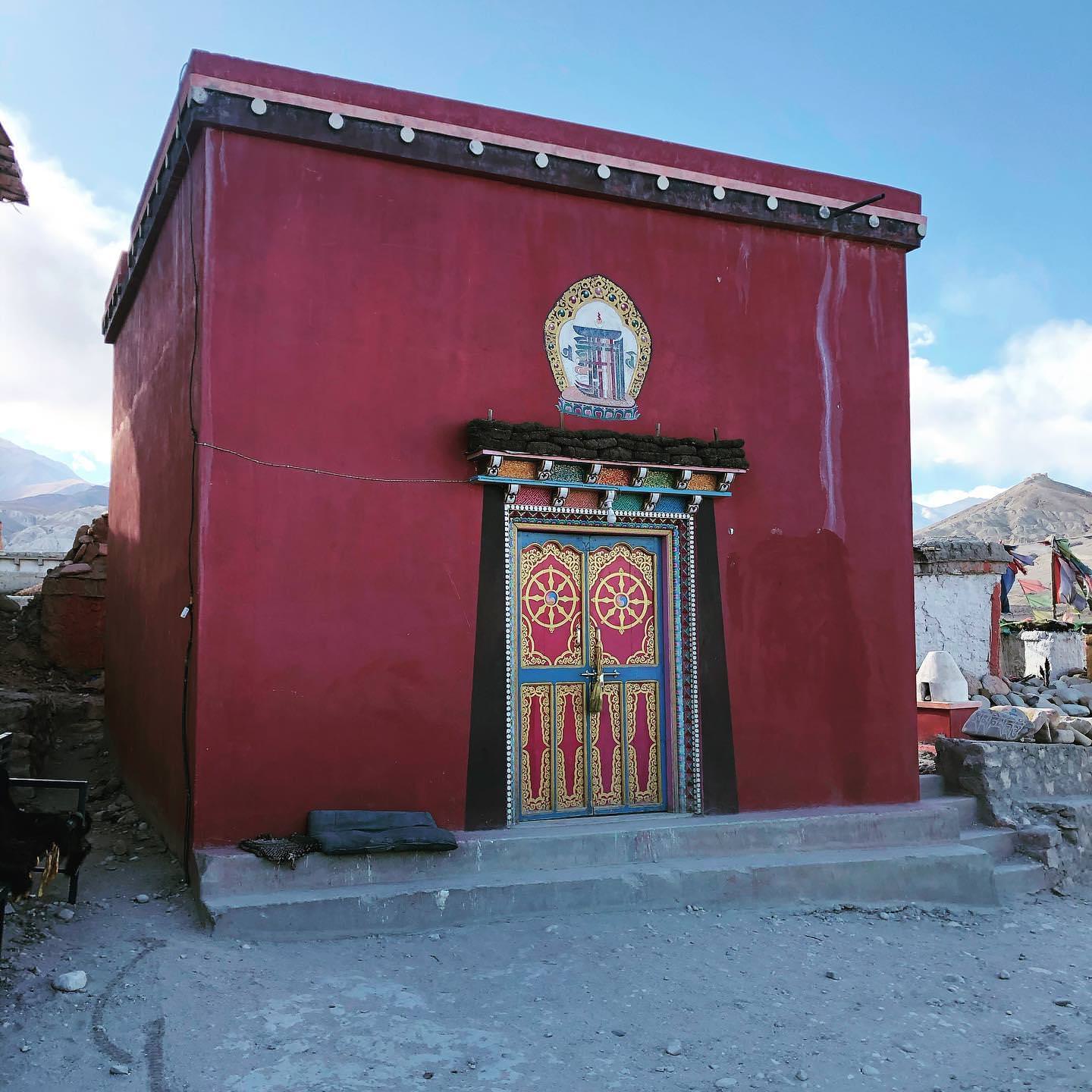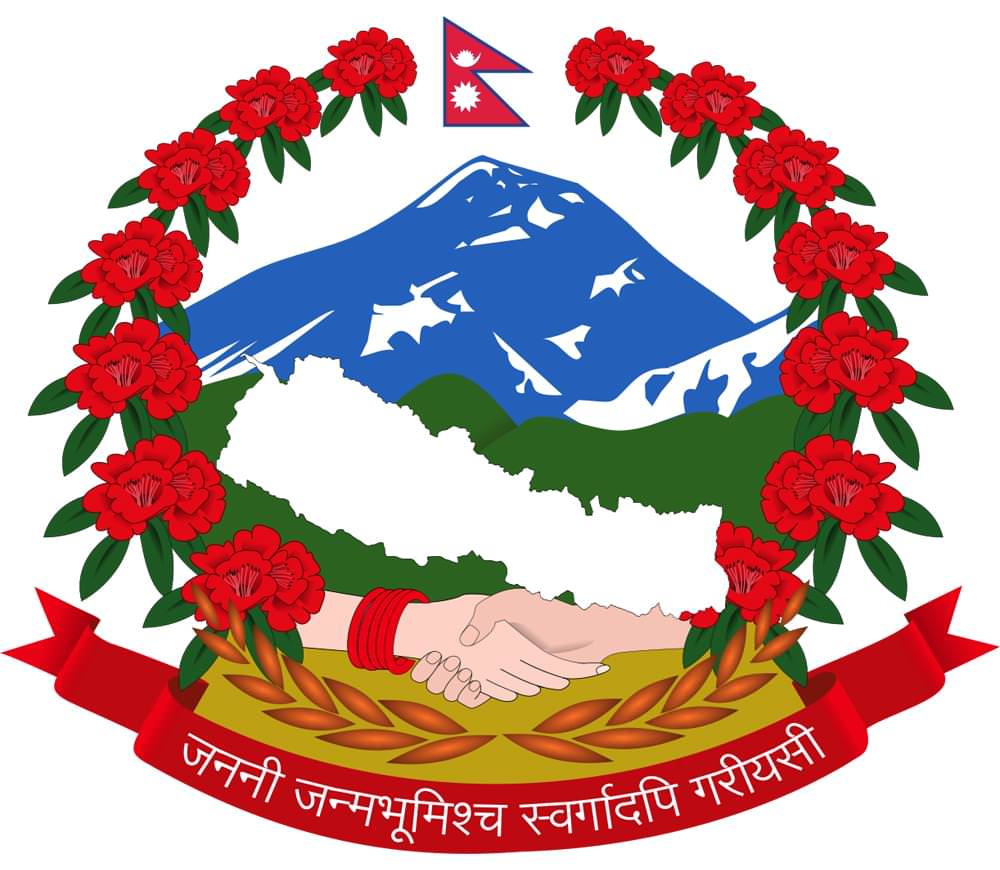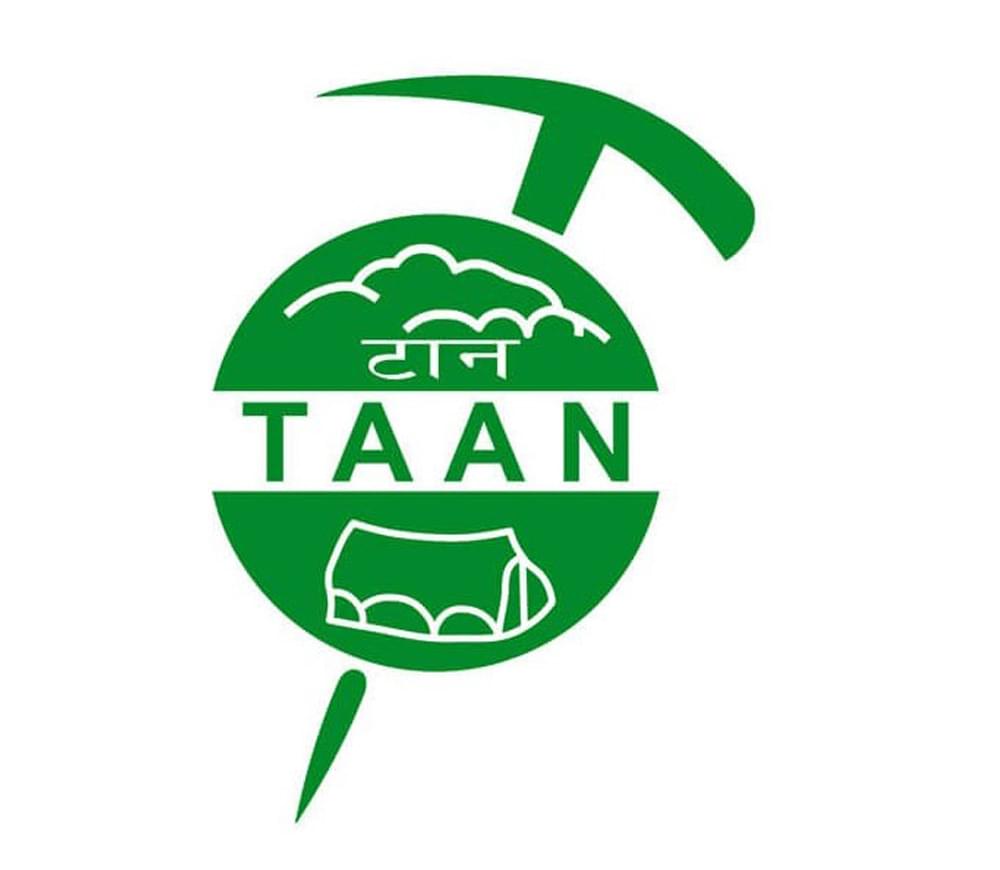Nepal is home to a diverse range of flora and fauna due to its varied geography, which ranges from subtropical lowlands to high mountain peaks.
- Flora: Nepal has a wide variety of plant species, including tropical and subtropical trees, alpine plants, and medicinal herbs. Some of the commonly found plants in Nepal include bamboo, rhododendron, magnolia, and orchids. The country is also home to several rare and endangered species of plants, such as the Himalayan Blue Poppy, Himalayan Yew, and the Himalayan Cypress,Spikenard, yarshagumba, Sunakhari, kutki, Rhododendron lowndesi .
- Fauna: Nepal is home to a rich variety of wildlife, including several species of mammals, birds, reptiles, and fish. Some of the more well-known mammals in Nepal include the Bengal Tiger, One-Horned Rhinoceros, Snow Leopard, Pangolin, Himalayan Musk deer, Three striped roofed turtle ,Gharil crocodile,Asiatic elephant, White throated bush chat and Red Panda. The country is also home to over 800 species of birds, including the Himalayan Monal, the national bird of Nepal, as well as several species of migratory birds. Nepal is also home to several species of reptiles and fish, including the Gharial Crocodile and Mahseer fish.
Many of these species are protected by the government of Nepal and can be found in the country's national parks and wildlife reserves, such as Chitwan National Park, Langtang National Park, and Sagarmatha National Park
Tropical Zone (up to 1000m)
The tropical zone of Nepal, which is located at elevations up to 1000 meters above sea level, is characterized by warm temperatures, high humidity, and abundant rainfall. This region is covered by lush tropical forests and is home to a diverse range of flora and fauna.
In the tropical zone of Nepal, you can find a variety of trees, including tropical hardwoods, bamboo, and fruit trees. The forests are home to a wide range of wildlife, including elephants, tigers, leopards, rhinoceroses, and several species of monkeys.
The tropical zone is also an important agricultural region, with a large number of rice paddies, tea gardens, and other crops. The region is inhabited by many ethnic communities, including the Tharu, Rai, Limbu, and Magar, each with their own unique culture and traditions.
The tropical zone of Nepal is a popular destination for tourists who are interested in exploring the country's natural beauty and cultural diversity. Some of the popular tourist destinations in this region include Chitwan National Park, Bardia National Park, and the Royal Shuklaphanta Wildlife Reserve.
Subtropical Zone (1100m-2400m)
The subtropical zone of Nepal, which is located at elevations between 1100 meters and 2400 meters above sea level, is characterized by moderate temperatures and moderate to high rainfall. This region is covered by subtropical forests, which are less dense than the tropical forests found at lower elevations.
In the subtropical zone of Nepal, you can find a variety of trees, including deciduous hardwoods, bamboo, and rhododendron. The forests are home to a diverse range of wildlife, including leopards, bears, and several species of deer.
The subtropical zone is also an important agricultural region, with a large number of terraced fields and orchards. The region is inhabited by many ethnic communities, including the Gurung, Magar, and Tamang, each with their own unique culture and traditions.
The subtropical zone of Nepal is a popular destination for tourists who are interested in exploring the country's natural beauty and cultural diversity. Some of the popular tourist destinations in this region include Pokhara, the Annapurna region, and the Langtang National Park.
Temperate Zone (2500m- 4000m)
The temperate zone of Nepal, which is located at elevations between 2500 meters and 4000 meters above sea level, is characterized by cooler temperatures, lower humidity, and lower rainfall compared to the subtropical and tropical zones. This region is covered by temperate forests, which are dominated by deciduous hardwoods and conifers.
In the temperate zone of Nepal, you can find a variety of animals, including several species of deer, Himalayan black bears, and the snow leopard. The forests are also home to a wide variety of bird species, including the Himalayan Monal, the national bird of Nepal.
The temperate zone is also an important agricultural region, with a large number of terraced fields, vegetable gardens, and apple orchards. The region is inhabited by several ethnic communities, including the Sherpa, who are known for their expertise in high-altitude mountaineering.
The temperate zone of Nepal is a popular destination for tourists who are interested in exploring the country's natural beauty and cultural diversity. Some of the popular tourist destinations in this region include the Everest region, the Langtang region, and the Manaslu region.
Subalpine and Alpine Zone (More than 4000m)
The subalpine and alpine zones of Nepal, which are located at elevations above 4000 meters, are characterized by cold temperatures, low humidity, and very low rainfall. This region is covered by alpine meadows, tundra, and glaciers.
In the subalpine and alpine zones of Nepal, you can find a variety of animals, including the Himalayan tahr, the snow leopard, and the Himalayan wolf. The region is also home to a diverse range of bird species, including several species of high-altitude birds.
Despite the harsh climate, the subalpine and alpine zones of Nepal are an important source of water for the country, as many of the major rivers of Nepal originate in this region.
The subalpine and alpine zones of Nepal are popular destinations for mountaineers and trekkers, who come to experience the beauty of the world's highest peaks, including Mount Everest. Some of the popular tourist destinations in this region include the Sagarmatha National Park, the Langtang National Park, and the Makalu-Barun National Park.

